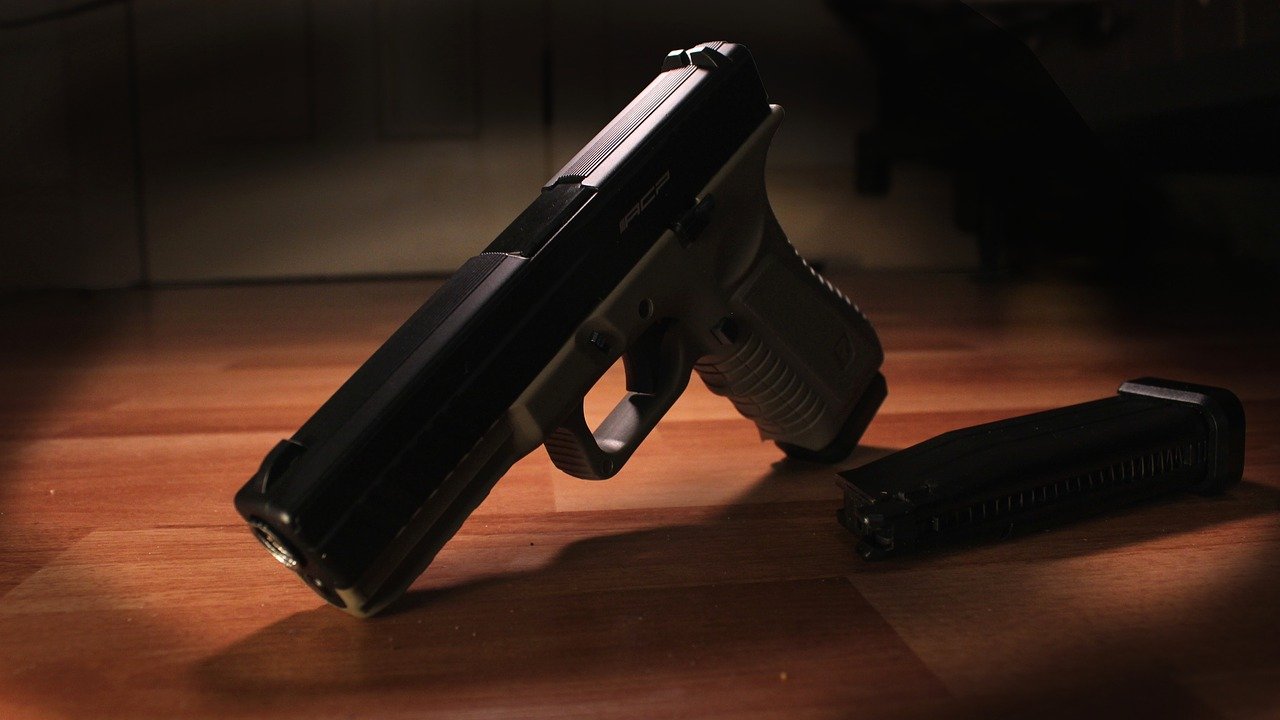Texas to Identify Dead Kids But Not Prevent Their Shooting; Refusal to Take Simple Steps Will Cause Deaths and Huge Legal Liability
Facilitating Identification
WASHINGTON, D.C. (October 19, 2022) – Texas schools are encouraging parents to store their children’s DNA and fingerprint records to facilitate identification in cases of their deaths.
Although not directly tied to grisly school shootings, such as that at the Robb Elementary School in May, the Washington Post notes they could help “identify bodies torn apart by bullets,” and that many are thinking of the kits in that connection.
Q3 2022 hedge fund letters, conferences and more
Find A Qualified Financial Advisor
Finding a qualified financial advisor doesn't have to be hard. SmartAsset's free tool matches you with up to 3 fiduciary financial advisors in your area in 5 minutes.
Each advisor has been vetted by SmartAsset and is held to a fiduciary standard to act in your best interests.
If you're ready to be matched with local advisors that can help you achieve your financial goals, get started now.
Unfortunately, many schools in Texas, as well as throughout the U.S., still have not learned their lesson and begun taking simple, inexpensive, and proven steps to slash the carnage and potential legal liability in the event of a now all-too-foreseeable school shooting, says public interest law professor John Banzhaf, the author of a new study about preventing shootings at schools, colleges, and universities.
The study, just published in University World News because school shootings have become a worldwide problem, notes the following grim statistics for the U.S.:
- There have been nearly 1,000 incidents of gunfire at schools and colleges since Sandy Hook
- More Than 311,000 students have experienced gun violence at school since Columbine
- More than 136 school shooting incidents have occurred so far in 2022, and 240 in 2021
The study reminds school administrators that, once a risk becomes reasonably "foreseeable," as school shootings now clearly are, the institutions are required by law to take all steps which are "reasonable" (in cost compared with the magnitude of the risk and expected harm) to reduce the risk as well as the possible harm.
It therefore suggests 11 different simple proven steps which can be taken at very little cost, and warns that failures to take them have already cost tens of millions in legal liability.
For example, the study notes that In many ways the best, least expensive, and also by far the simplest step schools can take to protect students and others from being shot by an active shooter is having classroom doors which can be easily and quickly locked from the inside.
That's why the Sandy Hook Advisory Commission recommended that “all classrooms in K-12 schools should be equipped with locked doors that can be locked from the inside,” This recommendation is also endorsed by the California Federation of Teachers, the National Association of State Fire Marshals and many other organizations.
Fortunately, this simple step - which was recently taken by Banzhaf's George Washington University - is something which can be accomplished for a cost below $10 per classroom.
Major Recommendations For Proctection Against School Shootings
Here is a list of the study's major recommendations.
- All classrooms should be equipped with doors which can be quickly and easily locked from the inside, perhaps employing the same inexpensive latch-locks used on most hotel and motel guest doors.
- A classroom’s number or designation should be clearly displayed on or adjacent to its entry door, and also in a window in numbers large enough to be viewed from a distance by first responders.
- The dean, department chair, and-or top administrators of schools should each have a key to all rooms (not just classrooms) in the building. If professors are issued their own keys – for example, to individual offices, storerooms, etc – these keys should also be able to unlock all classroom doors.
- Every institution should have, and school and campus police vehicles should carry, in addition to fire extinguishers, first aid kits and other standard equipment, a Halligan or similar forced-entry tool. Additionally, every college and university building should have at least one forced-entry tool stored, together with a large pictorial instruction card about its use, in the dean's office and-or in other appropriate locations.
- Every external door designed to be locked to prevent unauthorized entry (but not exit) should be equipped with a simple magnetic door-open sensor which transmits a signal via Wi-Fi whenever a door is opened.
- Teachers and faculty should know how to communicate via text messages during a shooting situation, and the recipients of these text messages must be trained in how to best handle them.
- To reduce the rapid deaths by uncontrolled bleeding caused by high-speed bullets from an AR-15 and other similar weapons, institutions should have a sufficient number of Stop the Bleed Kits or home-made tourniquets readily available, and provide instructions via cell-phone apps or otherwise to help teachers and students control arterial bleeding in an emergency.
- University apps should have information about what to do if an active shooter is present or suspected, and perhaps how to assist victims of shootings or accidents before trained help can arrive.
- Doors to offices, restrooms, storerooms and even some classrooms should have one-way peepholes installed.
- Universities without an armed-teacher program should study those programs long in effect and perhaps adopt a similar one. If not, they might consider permitting teachers who already have permits to bring their handguns with them, but require that they be stored in a suitable gun safe in the office of an administrator, and not be used – even in a shooter emergency – without the supervisor's permission.
- Professors who cannot – or are reluctant to – carry a gun should consider several effective but non-lethal defensive weapons which can be kept safely locked within a gun safe in a classroom desk or closet.













